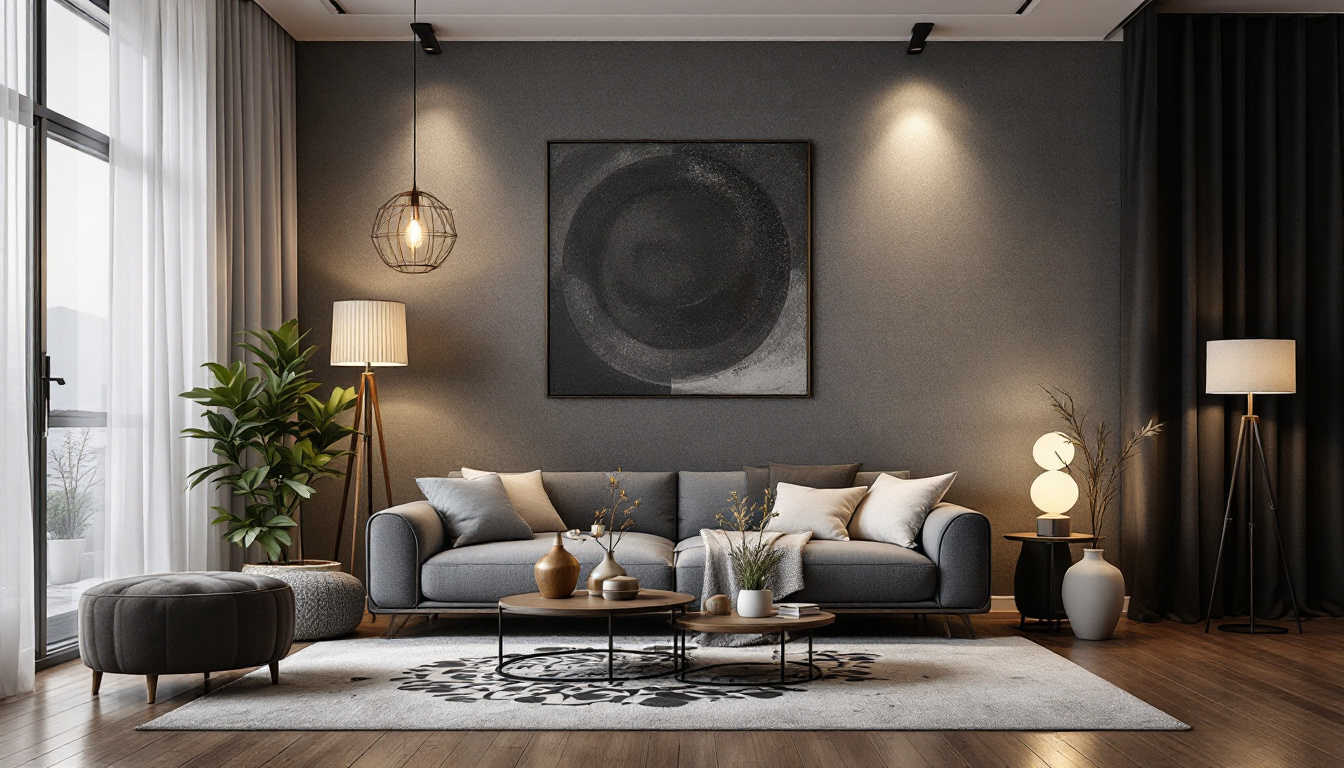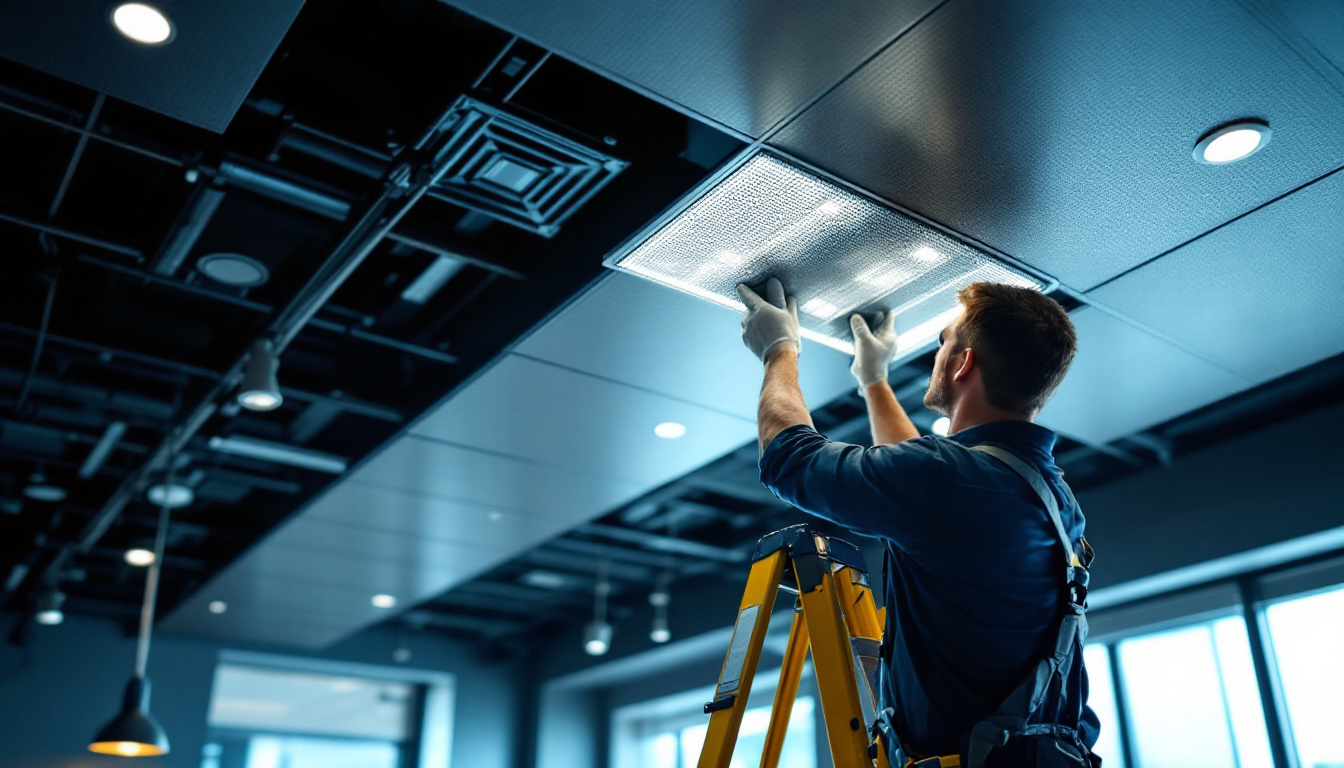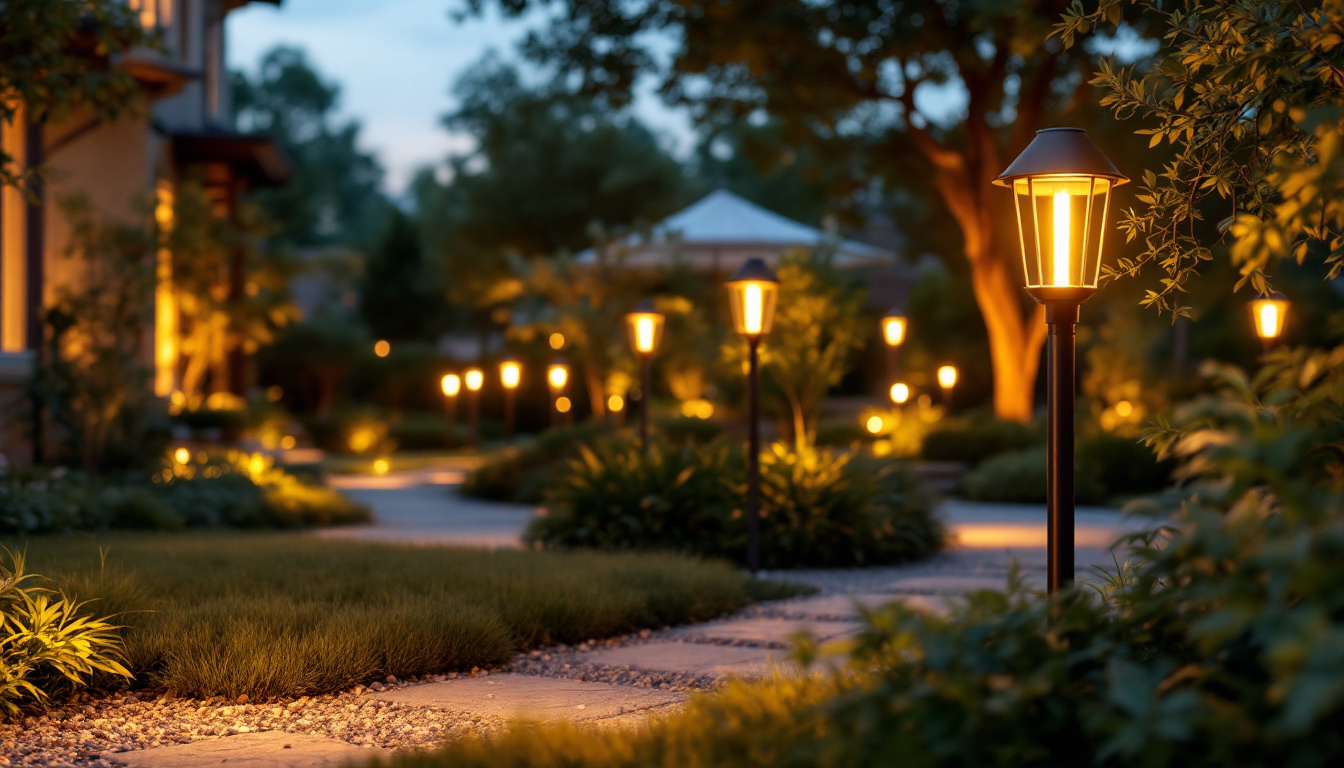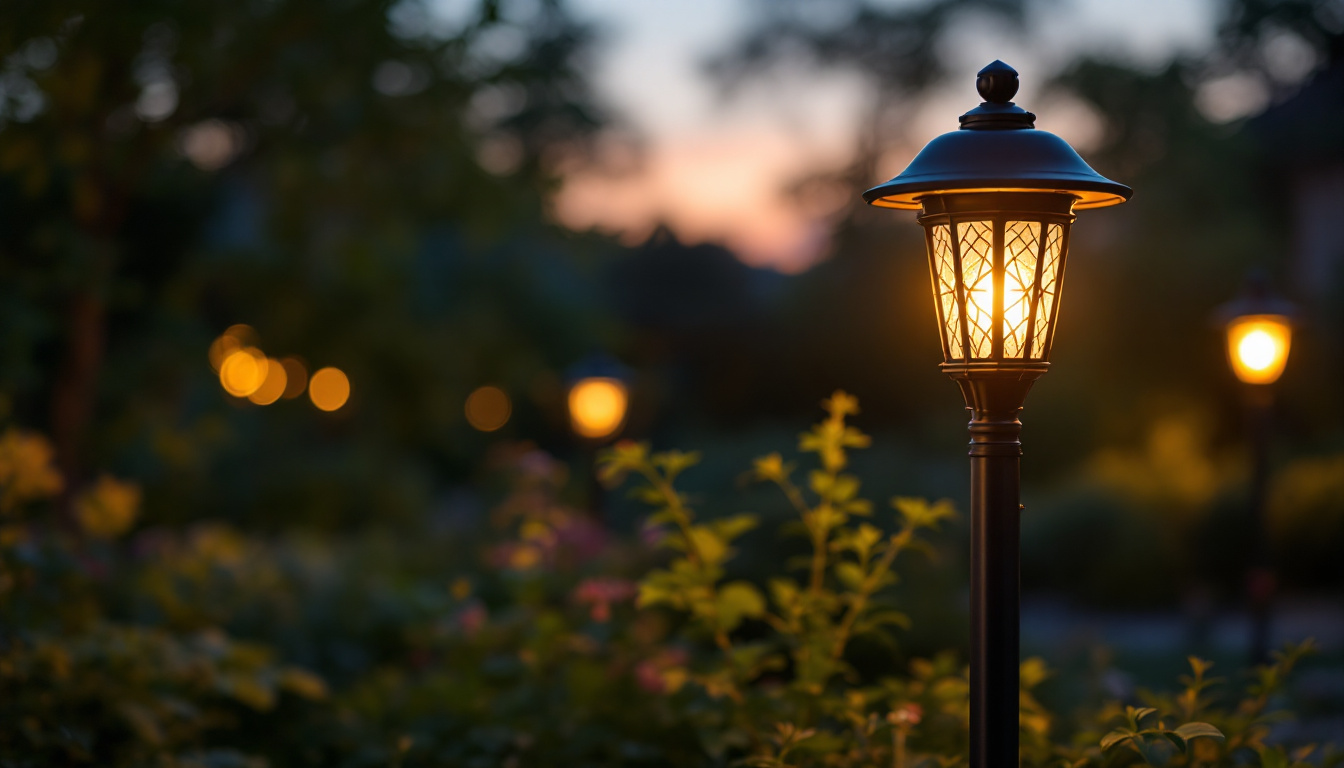
For lighting contractors, understanding the nuances of living room light fixtures is essential to delivering exceptional results for clients. The living room serves as the heart of the home, where families gather, entertain guests, and unwind after a long day. Therefore, the lighting choices made in this space can significantly influence the atmosphere and functionality. This guide aims to provide lighting contractors with comprehensive insights into selecting, installing, and maintaining living room light fixtures.
Lighting is not merely a functional element; it plays a critical role in defining the mood and aesthetic of a living room. Effective lighting enhances the beauty of the space while ensuring that it meets the practical needs of its inhabitants. A well-lit living room can make a small space feel larger, create a cozy ambiance, and highlight architectural features or artwork. The right lighting can also influence how colors appear in the room, making it essential to consider the color temperature of bulbs used. Warm light can create an inviting atmosphere, while cooler tones can evoke a more modern and energetic feel.
Ambiance is key in a living room, as it sets the tone for various activities, from family movie nights to elegant gatherings. Layering different types of lighting—ambient, task, and accent—can help create the desired atmosphere. Ambient lighting provides overall illumination, while task lighting focuses on specific areas, such as reading nooks or game tables. Accent lighting, on the other hand, draws attention to particular features, such as artwork or decorative elements. Additionally, dimmer switches can be a game-changer, allowing homeowners to adjust the brightness according to the time of day or the occasion, thus enhancing the versatility of the space.
Living rooms are multi-functional spaces that require versatile lighting solutions. The choice of fixtures should not only complement the room’s decor but also cater to its various uses. For instance, a pendant light may serve as a stunning focal point while providing sufficient light for social interactions. Similarly, wall sconces can offer both style and practicality, illuminating pathways or highlighting architectural details. Furthermore, incorporating smart lighting technology can elevate the functionality of a living room. Smart bulbs and systems allow for customizable settings, enabling users to change the lighting color or intensity with a simple voice command or through a smartphone app, thus seamlessly blending convenience with design.
When selecting light fixtures for living rooms, contractors have a plethora of options. Understanding the different types of fixtures available can help in making informed decisions that align with client preferences and room requirements.
Pendant lights and chandeliers are popular choices for living rooms, especially in spaces with high ceilings. They serve as statement pieces, adding elegance and character to the room. When selecting a pendant or chandelier, consider the scale of the fixture in relation to the room size. A large chandelier can become a stunning focal point, while a cluster of smaller pendants can create a modern, dynamic look. Additionally, the choice of materials—such as glass, metal, or crystal—can significantly influence the ambiance. For instance, a crystal chandelier can introduce a touch of glamour, while a matte black pendant can lend an industrial edge.
Recessed lighting is an excellent option for providing unobtrusive illumination. Installed into the ceiling, these fixtures create a clean and streamlined appearance, making them suitable for contemporary living rooms. They can be used to highlight specific areas or provide general lighting. Dimming capabilities can also enhance their versatility, allowing homeowners to adjust the brightness based on the time of day or occasion. Moreover, strategically placed recessed lights can accentuate architectural features, artwork, or even plants, adding depth and interest to the space. Choosing LED options for recessed fixtures not only improves energy efficiency but also extends the lifespan of the bulbs, making them a practical choice.
Floor and table lamps offer flexibility and can easily be moved around to suit different needs. They are particularly useful for creating cozy reading corners or adding light to dark areas. When selecting lamps, consider the height, shade material, and bulb type to ensure they fit seamlessly into the overall design of the living room. A tall arc floor lamp can provide ample light over a sofa, while a set of matching table lamps on side tables can create a balanced look. Additionally, lamps with adjustable arms or shades can provide customizable lighting options, allowing homeowners to direct light where it is most needed. The variety of styles available—from minimalist designs to more ornate vintage pieces—means that there is a perfect lamp for every aesthetic, enhancing both functionality and decor in the living space.
The type of bulb used in living room fixtures can significantly impact the quality of light produced. Lighting contractors should be well-versed in the various types of bulbs available and their respective characteristics. Selecting the right bulb is not just about illumination; it’s about enhancing the overall aesthetic and functionality of the space. A well-lit living room can serve as a gathering place for family and friends, making it essential to choose bulbs that complement the room’s design and purpose.
LED bulbs have gained popularity due to their energy efficiency and longevity. They produce less heat and can last up to 25 times longer than incandescent bulbs. However, incandescent bulbs are often favored for their warm light quality, which can create a more inviting atmosphere. Contractors should discuss these options with clients, considering both energy efficiency and the desired ambiance. Additionally, advancements in LED technology have led to the development of bulbs that mimic the warm glow of incandescent lights, providing a perfect compromise for those who want to enjoy the benefits of LED without sacrificing the cozy feel of traditional lighting.
Color temperature, measured in Kelvin (K), plays a crucial role in the overall feel of a living room. Warmer temperatures (2700K-3000K) create a cozy and inviting atmosphere, while cooler temperatures (4000K-5000K) can feel more sterile and bright. Understanding the desired mood can help contractors recommend the appropriate color temperature for each fixture. Furthermore, brightness, measured in lumens, is equally important. A well-lit living room may require a combination of different brightness levels across various fixtures, allowing for versatility in lighting. For instance, soft ambient lighting can be complemented by brighter task lighting for reading or hobbies, ensuring that the space is both functional and comfortable.
Proper installation is vital to ensure that light fixtures function effectively and safely. Lighting contractors must adhere to best practices and local codes when installing fixtures in living rooms.
Before installation, it is essential to assess the existing wiring and electrical capacity of the living room. Contractors should ensure that circuits can handle the load of new fixtures and that all wiring is up to code. Using appropriate safety precautions, such as turning off power at the circuit breaker, is crucial to prevent accidents during installation.
Strategically placing light fixtures can enhance the functionality and aesthetics of a living room. For ambient lighting, fixtures should be evenly distributed to minimize shadows. Task lighting should be positioned to illuminate specific areas without causing glare. Accent lighting should be directed toward the features it aims to highlight, ensuring that the light enhances rather than overwhelms the space.
Once installed, maintaining light fixtures is essential to ensure their longevity and performance. Regular upkeep can prevent issues and keep the living room looking its best.
Dust and dirt can accumulate on light fixtures, diminishing their brightness and affecting the overall appearance of the living room. Contractors should advise clients on proper cleaning techniques, including using soft cloths and appropriate cleaning solutions for different materials. Regular dusting can help maintain the fixture’s aesthetic and functionality.
Over time, bulbs may burn out or lose their brightness. Contractors should recommend that clients keep spare bulbs on hand for quick replacements. Additionally, if fixtures have components that wear out, such as dimmer switches or wiring, these should be addressed promptly to avoid safety hazards.
Staying informed about the latest trends in living room lighting can help contractors provide clients with modern and stylish options. Trends evolve, reflecting changes in design preferences and technological advancements.
Smart lighting systems are increasingly popular, allowing homeowners to control their lighting remotely via smartphones or voice commands. These systems offer features such as dimming, color changes, and scheduling, providing unparalleled flexibility. Contractors should familiarize themselves with various smart lighting products and their installation requirements to meet client demands.
As sustainability becomes a priority for many homeowners, eco-friendly lighting options are gaining traction. This includes energy-efficient bulbs, fixtures made from sustainable materials, and designs that minimize energy consumption. Contractors can position themselves as environmentally conscious by offering these options to clients.
Living room light fixtures are a crucial aspect of interior design, influencing both functionality and ambiance. For lighting contractors, understanding the various types of fixtures, installation best practices, and maintenance tips is essential for delivering high-quality services. By staying informed about trends and innovations in lighting technology, contractors can provide clients with tailored solutions that enhance their living spaces.
Ultimately, the goal is to create a well-lit living room that meets the needs and preferences of homeowners while reflecting their personal style. With the right knowledge and expertise, lighting contractors can transform living rooms into inviting and functional spaces that bring joy to families for years to come.
Ready to elevate your lighting projects with the finest selection of living room light fixtures? At LumenWholesale, we provide lighting contractors with the highest quality, spec-grade lighting products at prices that can’t be beaten. Say goodbye to local distributor markups and hello to our extensive, industry-standard collection that guarantees performance and reliability for every living space. Plus, with free shipping on bulk orders, you can stock up on premium lighting solutions without worrying about hidden fees. Don’t compromise on quality or value—Wholesale Lighting at the Best Value is just a click away. Enhance your service offerings with the perfect blend of quality, affordability, and convenience at LumenWholesale.

Explore the advantages of drop ceilings for lighting contractors, from cost-effectiveness to easy installation.

Illuminate your outdoor spaces efficiently with our comprehensive checklist for solar-powered lights.

Discover the must-know checklist for lighting professionals tackling fluorescent ballast wiring.

Discover the essential facts about outdoor solar pole lanterns that every lighting contractor should know.